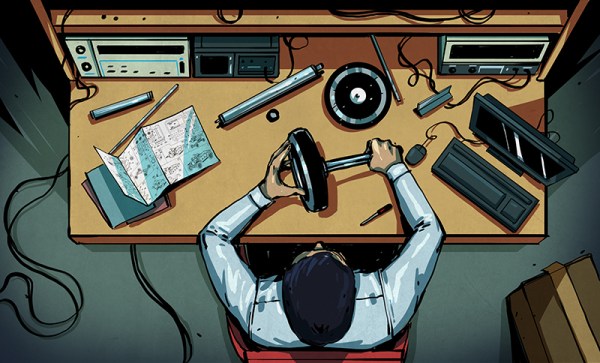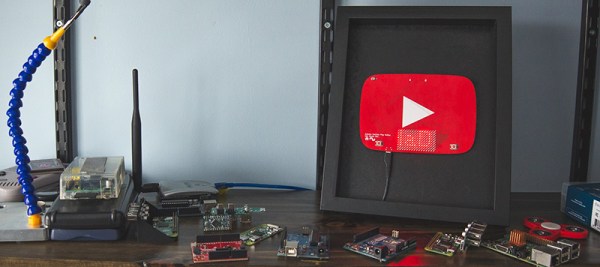The RISC-V ISA has seen an uptick in popularity as of late — almost as if there’s a conference going on right now — thanks to the fact that this instruction set is big-O Open. This openness allows anyone to build their own software and hardware. Of course, getting your hands on a RISC-V chip has until now, been a bit difficult. You could always go over to opencores, grab some VHDL, and run a RISC-V chip on an FPGA. Last week, OnChip released the RISC-V Open-V in real, tangible silicon.
Choice is always a good thing, and now SiFive, a fabless semiconductor company, has released the HiFive1 as a crowdfunding campaign on CrowdSupply. It’s a RISC-V microcontroller, completely open source, and packaged in the ever so convenient Arduino form factor.
The heart of the HiFive1 is SiFive’s FE310 SoC, a 32-bit RISC-V core running at 320+ MHz. As far as peripherals go, the HiFive1 features 19 digital IO pins, one SPI controller, 9 PWM pins, an external 128Megabit Flash, and five volt IO. Performance-wise, the HiFive1 is significantly faster than the Intel Curie-powered Arduino 101, or the ARM Cortex M0+ powered Arduino Zero. According to the crowdfunding campaign, support for the Arduino IDE is included. A single HiFive1 is available for $59 USD.
Since this is an Open Source chip, you would expect everything about it to be available. SiFive has everything from the SDK to the RTL available on GitHub. This is an impressive development in the ecosystem of Open Hardware, and something we’re going to take a look at when these chips make it out into the world.














